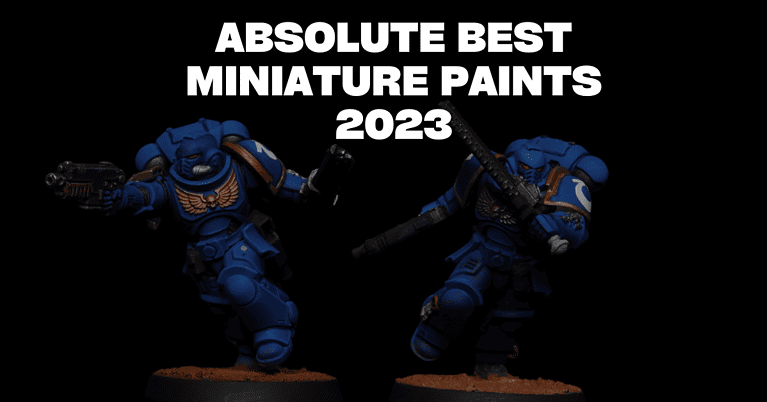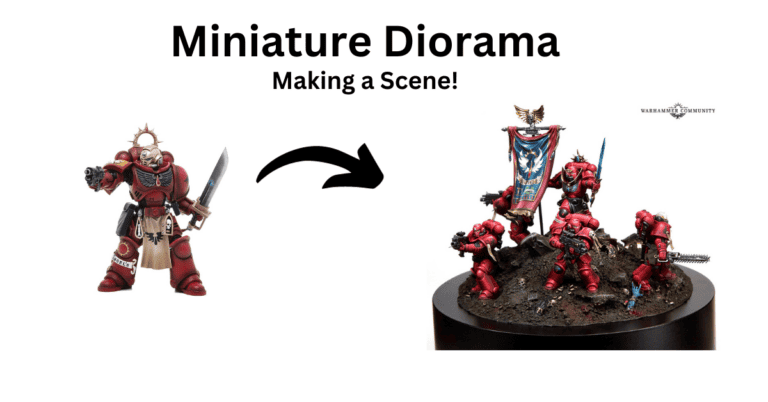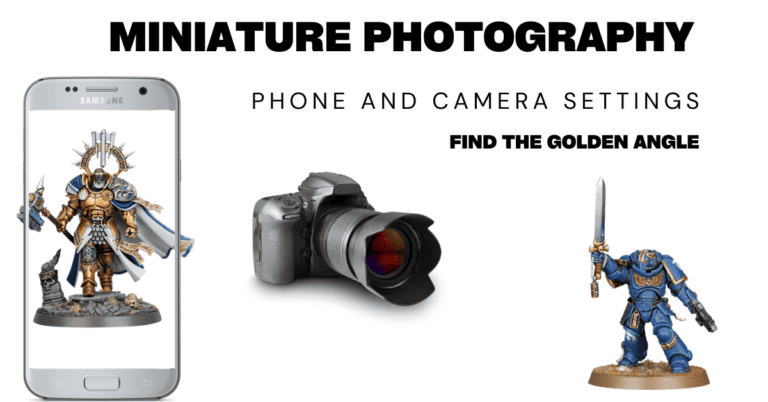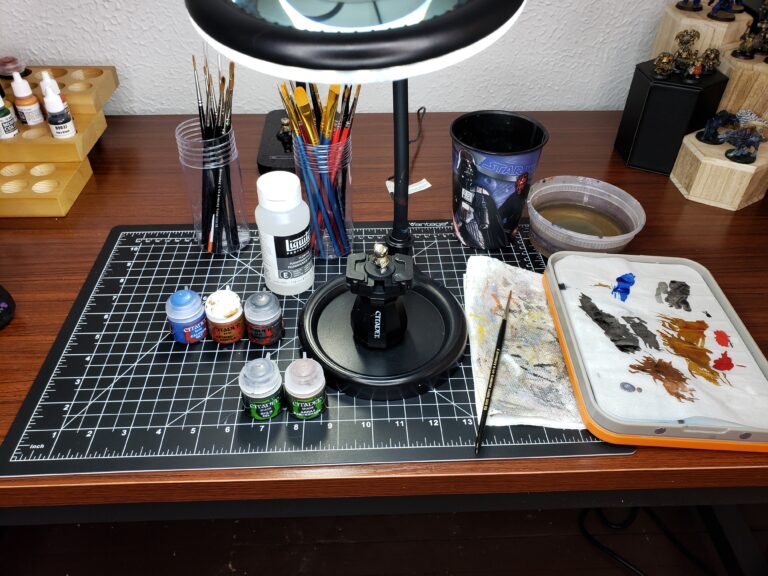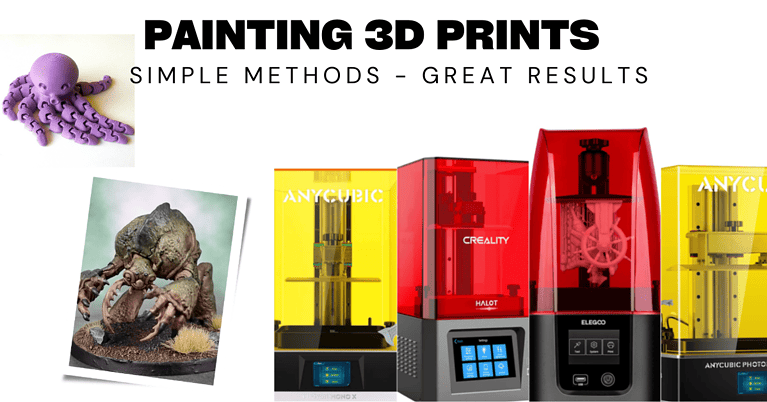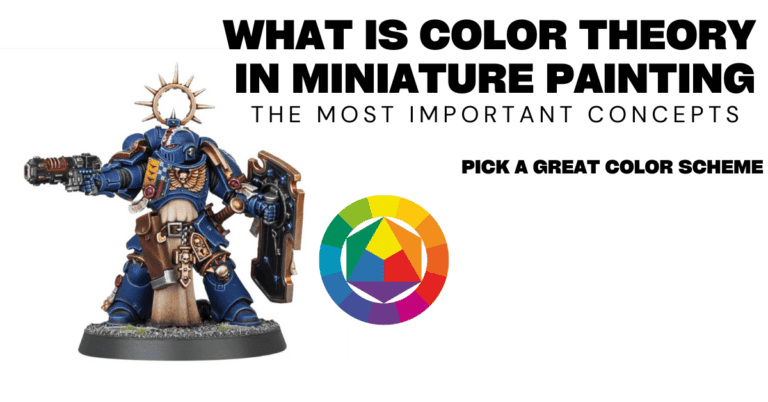How to Use Miniatures in DnD: Tips and DIY Mini Alternatives 2023
What Are the Benefits of Using Minis in D&D
What are D&D Miniatures? D&D Miniatures are small plastic, resin or pewter figures used to represent characters and monsters in the tabletop role-playing game Dungeons & Dragons. They help visualize where the characters are in the environment during gameplay. Official D&D Miniatures are between 25 and 30mm scale. They are made from plastic or resin. There are many other fantasy miniatures made from other materials and at various scales that can be used for D&D games.
Most miniatures come unpainted. Painting miniatures is one of my personal favorite hobbies, and many people paint just for the sake of it rather than playing a game with them. I find it very relaxing and rewarding. If you’re not looking to paint minis, there are pre-painted options, painting services, or you can use other stand ins for minis.
Benefits of Using Miniatures: The benefits of using miniatures in D&D include much better visualization of gameplay, clearer understanding of where characters, enemies and objects are during combat, better tactical view, and increased immersion in the game’s narrative and environment.
If you’re playing Dungeons and Dragons in person with a group of people, miniatures can really add a lot to the game. Typically the DM will get the most use of miniatures. You can pull out the big bad monster the party will fight next. Or perhaps a piece of terrain to represent a new area they are coming towards.
Even for non combat encounters, it’s fun to have a few miniatures to set the scene.
You can find fun miniatures from many sources including:
- Official Wizards of the Coast manufacturers like Nolzurs and Wizkids
- Many board games have fantasy miniatures. A Song of Fire and Ice for example
- Kickstarter has a lot of board games or miniatures sets available to back
- 3D printing that you can either print yourself or have made for you on sites like Hero Forge or Eldritch Foundry
- Brands like Reaper make tons of fantasy miniatures to check out.
- If you love old school metal miniatures, I highly recommend Dark Sword Miniatures
How to Use Miniatures in D&D and other TTRPGs
In Dungeons & Dragons, miniatures offer a visual way to represent characters, adversaries, and environments on a grid-based map, dungeon tiles or playmat. Each square on the map generally represents a 5-foot-by-5-foot space in the game world.
You can pick miniatures that represent your characters’ appearance and traits and place them on the map to indicate their position. For example, you can find miniatures of Tiefling bards, or Half Orc Paladins, Drow Rangers or anything else you can think of.
During gameplay, these miniatures move according to the character’s actions and the game’s rules, especially in combat scenarios. This helps players visualize tactics, spell ranges, and character interactions with their surroundings.
While miniatures can enhance immersion and understanding of where everything is in an encounter, D&D can also be played without them using a purely narrative approach called “theater of the mind.”
Theater of the mind is simply having the Dungeon Master (DM) and players describe the scenario and visualizing it. Here is a quick example
DM: “Dashel sees an orc standing in the distance, he hasn’t noticed you yet”
Dashel: “I hold my hand up, signaling for everyone to stop and be quiet”
Laurin: “How far off is it? Is there any way I could sneak up to take a better look?”
DM: “Yes he’s about 200 feet away, so a far distance. There is enough cover in the forest for you to try to approach without being seen”
So you can see how theater of the mind works well, but adding miniatures might make it more apparent and “real”.
Next up we can discuss things to use to simulate the environment, often called “Terrain”
Terrain, Dungeon Tiles, and Battle Mats: Setting up the Environment and Battlefields
While you don’t necessarily need terrain, it is helpful to set the scene. A simple table top is fine to place your miniatures on, but if you’re in a forest, some miniature trees really make it come to life. This is where terrain, tiles, and mats come in.
- Battle Mats: These are often gridded and made of erasable material, allowing for on-the-fly map drawing. Useful for random encounters or when players take an unexpected turn.
- Dungeon Tiles: Pre-made, often interlocking tiles that depict dungeon rooms, corridors, doorways and features. They can be laid out in advance or as players explore, making them versatile for both planned and surprise scenarios.
- Terrain Pieces: These are three-dimensional objects representing trees, rocks, buildings, and other landmarks. You can find terrain of anything from dragon graveyards to cultist temples. Perfect for giving depth to outdoor encounters or important indoor settings.
When planning terrain, consider the setting, environmental challenges, and tactical opportunities. A well-placed chasm or elevated platform can dramatically alter how an encounter unfolds.
Placing the Miniatures in the Environment
Positioning is more than just placing figures on a board; it’s about setting the stage for the narrative.
- Starting Position: At the beginning of an encounter, position player characters and visible adversaries. Things like party order, how far they are apart in case they need healing, and who can see what are impacted by position. Hidden foes can be placed later when they reveal themselves.
- Scale and Consistency: Ensure the scale of your miniatures matches the grid or setting. Typically, a square represents 5 feet in D&D. Most miniatures are around 25-30mm scale but some can be much larger or smaller.
- Setting the Scene: Use miniatures to hint at narrative elements, like placing a mysterious NPC in the corner of a tavern or an ominous statue in a temple.
Moving the Miniatures around the Game World
Movement in TTRPGs can play a huge role an encounter. Can you reach a monster to attack it, are you in bow range, can you get to a downed companion to heal them?
- Understand Movement Speed: In D&D, every character and creature has a movement speed. On a standard grid, each square (representing 5 feet) consumes that much movement.
- Consider Terrain: Difficult terrain, like thick forests or marshlands, might halve movement speed. Use this to add tactical depth.
- Use Tools: Typically a simple ruler or eyeballing it on the grid is enough. Some players use laser pointers or measuring tapes for diagonal or ranged movements to ensure accuracy. You can cut out paper circles to represent area of effect spells and actions.
Combat: Attacking with the Miniatures
While dice rolls determine success, miniatures help visualize the action.
- Determine Range: Many attacks, especially ranged ones, have a maximum effective distance. Using the grid helps determine if an enemy is within range.
- Line of Sight: If a character can’t see their target (maybe due to a wall or another obstruction), they can’t target them. Miniatures provide a clear visual cue for such obstructions.
- Area Effects: Spells or abilities that affect an area (like a fireball) are easier to manage with miniatures. Players can easily see who’s caught in the blast and who’s safe.
- Height Advantage: While this isn’t an official D&D 5e rule, I’ve been playing Baldur’s Gate 3 lately and they have bonuses to ranged attacks if you have a high ground position. I personally love this and I incorporate it into my D&D games.
Tracking Damage with Miniatures
Using miniatures offers innovative ways to track character health and status.
- Status Rings: These are colored rings or markers that can be placed under a miniature. Each color can represent a different condition, such as poisoned, stunned, or invisible.
- Damage Counters: Small beads or tokens can be placed next to a miniature to represent accumulated wounds or temporary effects.
- Positioning: A downed or unconscious character might be laid on its side, while a flying or elevated character can be placed on a raised platform.
Types of Miniatures: Pre-Painted Miniatures vs Painting Miniatures
If you’re new to TabletopDash, you might not know that I love the miniature painting hobby. I buy Games Workshop miniatures, 3D print miniatures, grab some from a bunch of other sources, and paint them. If you’re looking to get into the miniature painting hobby, have a look at my Start Here guide.
That said, a lot of times people want pre-painted miniatures. Especially if you’re a DM who has to come up with new creatures constantly and might not have the time to paint every single one. So let’s talk options:
Pre-painted miniatures
A boon for those who want to dive straight into the action, pre-painted miniatures offer a high-quality, ready-to-use option for your gaming sessions.
- Advantages: They save time and are instantly ready for play. Great for those who may not have the inclination or skill to paint their own figures.
- Brands and Options: Many companies, such as Wizards of the Coast with their D&D Miniatures line, offer a vast range of pre-painted options, from monsters to heroes.
- Collectability: Due to their ready-made nature, they’ve become collectible items, often sought after in the gaming community.
Pre-painted Miniature Options:
Icons of the Realm D&D Miniatures
56 Various Pre Painted Fantasy Minis
Hero Forge Color Printed Custom Miniatures
Fiverr Miniature Painting Services
Siege Studios Premium Miniature Painting Service
They range from very inexpensive to high end painting. Choose what’s best for you.
Unpainted miniatures
For the artists and hobbyists like me, unpainted miniatures are a blank canvas. I get to choose color palette, style, and detail. I can try to recreate the box art or search for what other painters did to the model on instagram. Or, I can just do my own thing. I typically do a mix of all three.
- Personal Touch: Painting your own miniatures offers customization, ensuring your characters and monsters look exactly how you imagine them.
- Materials: Typically made of plastic, resin, or metal, these miniatures typically need to primed and then painted.
- Learning Curve: Painting requires a set of skills that might be a bit intimidating. Fortunately we have a lot of guides here for just that purpose!
Unpainted Miniature Options:
Games Workshop (Note: You can buy directly from Games Workshop, but it’s more expensive that way. They offer a 15% discount on 3rd party sites)
Loot Studios (If you have a 3D printer, this is a great option)
Paper and Flat Plastic Miniatures
A budget-friendly and space-saving alternative to traditional 3D models, paper and flat plastic miniatures are becoming increasingly popular.
- Portability: Being flat, they’re easy to transport and store, making them perfect for DMs with limited storage space.
- Customization: Players can easily design and print their characters or monsters, providing endless possibilities.
- Durability: While paper minis might be more fragile, plastic options offer more resilience. Both can be easily replaced or duplicated.
Example: Arcknight Flat Plastic Miniatures
How to Get Started With Miniatures and 3D Terrain
If you’re playing D&D 5e or any other tabletop roleplaying game, it doesn’t take long to get into miniatures. There are tons of learn to paint kits, and simple guides to get your minis and terrain painted up in no time.
With the sheer number of miniatures available you’re sure to find something that sparks your interest. It doesnt have to be D&D minis, it can be Star Wars, Marvel Heroes, He-Man, Game of Thrones, Zombies or any number of other popular genres.
Once you know the character you’re rolling, you can try to find a miniature to use as an avatar. Or if you’re the DM, once you know the campaign you’re running, start looking for terrain, creatures, monsters, citizens, npcs and more.
There are a lot of easy ways to get going if you’re just starting out, either using unpainted models, or trying out a learn to paint kit. I went ahead and made a list of the Best Dungeons and Dragons Miniatures for you to check out.
I think the easiest thing to get you into it is to find a miniature you’re excited about.
Good luck, Have fun!

